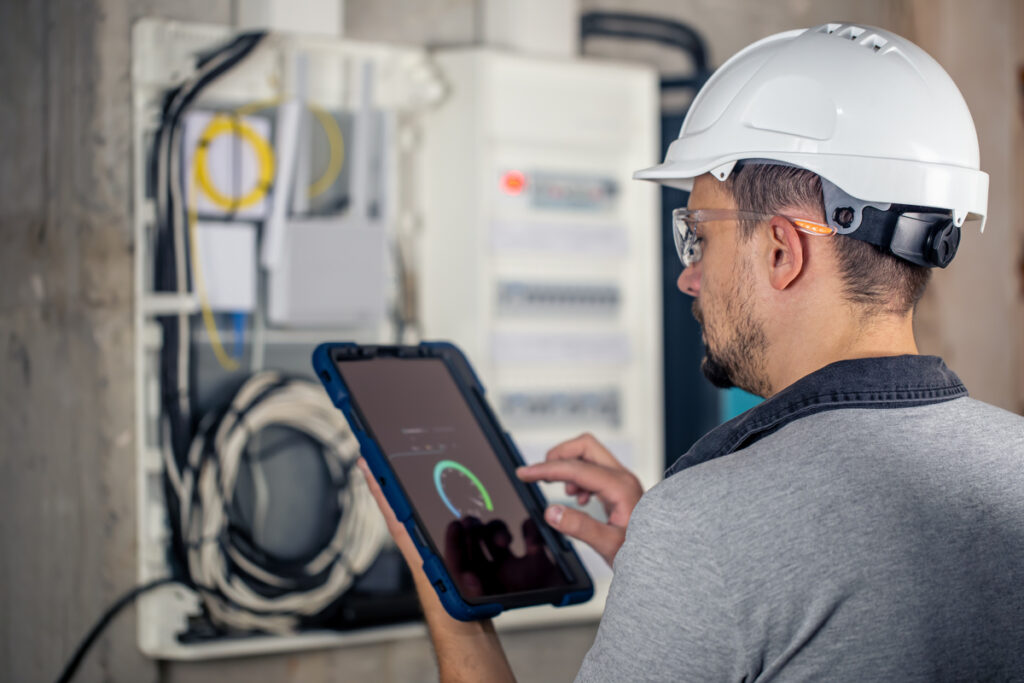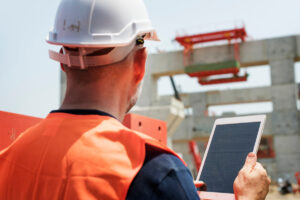Exclusive Neuroject Article: Residential and commercial buildings use nearly one-third of the energy delivered worldwide, according to the International Energy Agency (IEA). Heating, cooling, ventilation, lighting, water heating, and cooking consume the majority of the energy needed in a structure. That represents a huge potential for energy consumption savings and a significant amount of energy. According to the IEA, if energy-efficient construction techniques are used, buildings may possibly account for 41% of global energy savings by 2035.
The way we think about energy consumption has been revolutionized by Building energy monitoring technologies. The need for energy monitoring systems has never been greater due to the acceleration of climate change and the rise of sustainability as a key priority for many. We will go through the advantages of Building energy monitoring systems and why they are so revolutionary for your company in this blog post.
Building Energy monitoring systems, as the name implies, is the process of keeping track of how much energy is used, whether it be by a single asset or a whole facility. Building Energy Monitoring Systems offers crucial information that may be used to manage and conserve energy in the future. Without performing Building energy monitoring systems, you won’t be able to identify the areas of inefficiency in your company and take the necessary steps to fix them.
Table of Contents
An Introduction toBuilding Energy Monitoring Systems
The majority of firms will typically respond with “no idea” when asked how much energy they use.
That makes sense because it might be very impossible to gather precise usage information until you receive an itemized energy bill. Understanding energy usage is more crucial than ever for large publicly traded organizations. Business and investment attitudes are changing as we begin to comprehend the effects of our past and present conduct on the environment.
Investors that are interested in learning about a company’s energy use, environmental footprint, and sustainability commitments are driving the mainstreaming of sustainable investment. The good news is that businesses can now track energy usage more easily than ever before for environmental efforts and predictable billing.
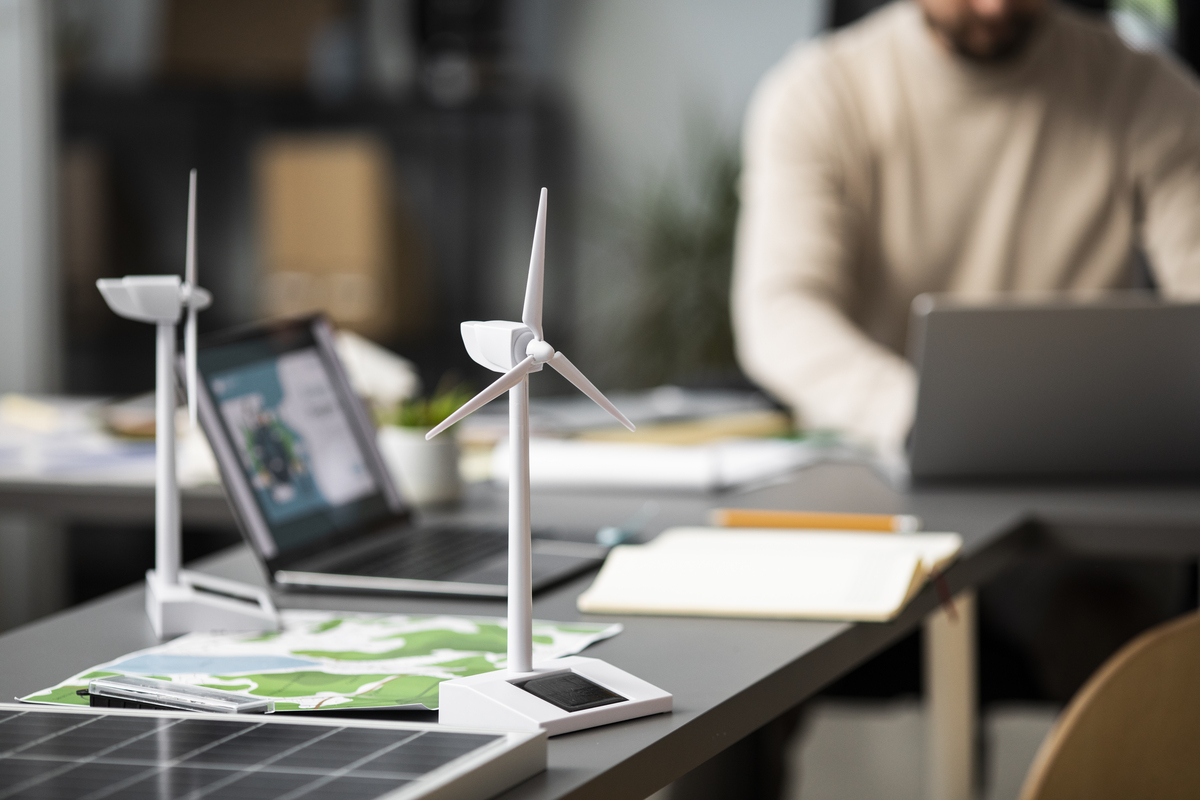
What are Building Energy Monitoring Systems?
One of the purposes of Building energy monitoring systems is to give different organizations, particularly those with high energy consumption, a monitoring tool to lower their energy costs. The information obtained from the primary electricity meter is typically insufficient to identify significant energy consumers within businesses or even to verify the veracity of the information on an electricity bill.
Along with the obvious economic savings on annual energy costs, there is growing demand from big businesses to cut energy use by 20% by 2020. Technically speaking, controlling energy usage requires quantifying consumption.
these gadgets keep track of how much electricity is used in the present. While some devices can be installed without an electrician’s help, others need to be clipped onto a meter. The monitors obtain the pulse output from an energy meter and record this data as either amp hours or KWHours (we’ll go into more depth about the distinction between the two later). A software portal that can be accessed on a tablet, desktop, or mobile device is then used to report this information.
Building Energy monitoring systems give consbumers information about their usage habits so they may make wise energy management decisions and maximize savings. These systems make use of Building energy monitoring software that collects data on energy use, analyses it, and then delivers helpful information right to the devices of the clients.
In order to present a complete picture of energy usage, the software collects data for each commodity (electricity, heat, water, and gas) using counters or sub-counters placed on-site or inside the building. Any flaws can be immediately identified by use of intelligent Building energy monitoring systems, along with the energy-saving solutions that will fix the issue.
With additional information such as the specific time, specific location of the plant, and during the specific process, the collected data provides us with a general concept of the energy consumption of the various areas as well as information about any abrupt changes in the energy requirement.
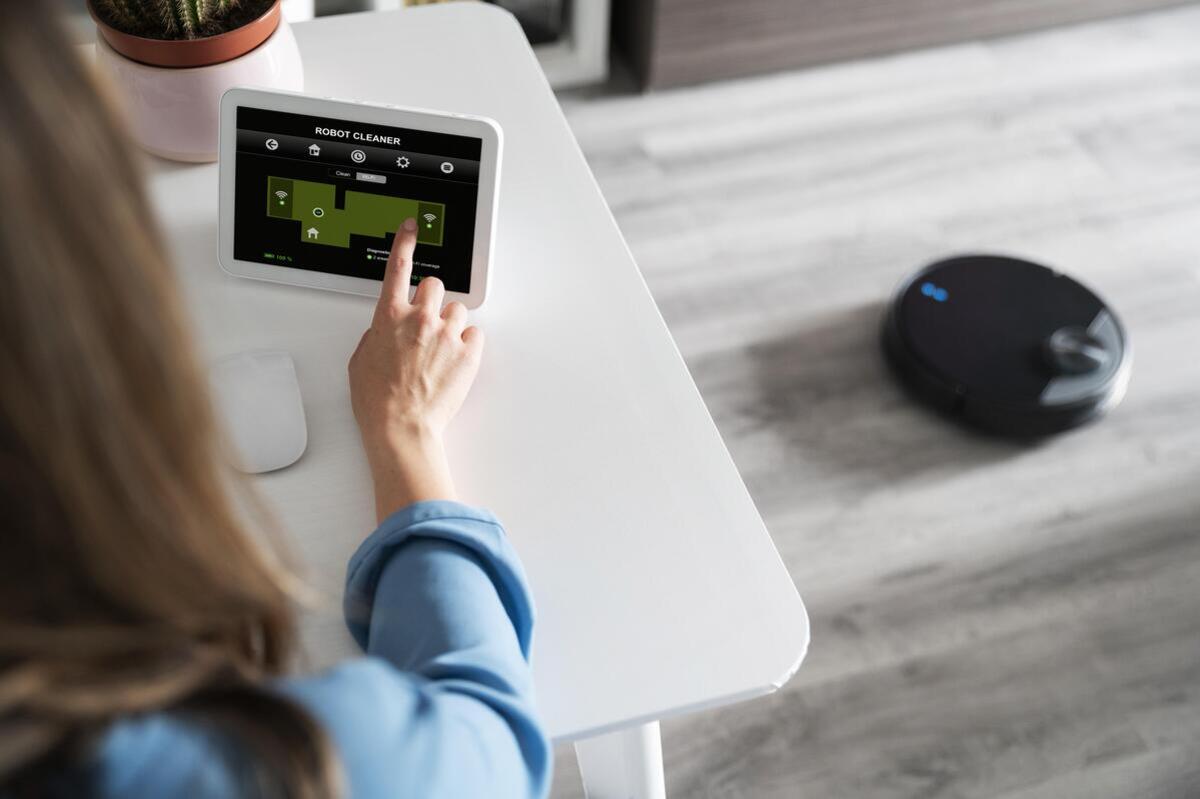
Why Should Businesses Use Building Energy Monitoring Systems?
The way we think about energy usage has been transformed by energy monitoring technologies. The need for energy monitoring systems has never been greater due to the acceleration of climate change and the rise of sustainability as a key priority for many. Here, we will go through the advantages of energy monitoring systems and why they are so revolutionary for your company.
1. Billing Certainty
Energy expenditures can be managed within your company in a way similar to other costs, which requires careful balancing. This is particularly true in 2022 given the recent announcement of several significant price hikes and the severity of the inflationary pressure.
When allowed to roll over, erroneous electricity meter estimations for businesses might result in unpleasant shocks. Finance directors may be faced with a big price and little tolerance for error if internal budget allocations made on the basis of previous data are off the mark.
Building Energy monitoring systems are the ideal answer for commercial enterprises that wish to budget and plan more effectively for their electricity consumption. Even at the sub-metering level, they can accurately estimate how much energy is being utilized.
Building Energy monitors, for instance, can assist in gaining a deeper understanding of the amount of energy being used and where it is being consumed if you own or operate a business building with a single meter but several tenants. This can be particularly helpful for understanding use peaks or billing breakdowns.
2. ESG Reporting
The disclosure of information on a company’s activities in the three aforementioned categories of environmental, social, and corporate governance is known as environmental, social, and governance reporting, or simply ESG reporting.
Prior to investing, equity investments are increasingly analyzing and assessing ESG aspects. A growing number of workers are choosing green pension funds that help secure the future they intend to enjoy when they retire, and some banks are tying loan interest rates to ESG reporting in the debt markets.
A lack of dedication to ESG reporting could harm your firm as sustainable investment becomes more prevalent.
One of the most crucial ESG measures to report is energy use. These reports are simple to submit thanks to energy meters. They help companies understand their usage so they may choose what energy-saving measures to take. Additionally, they make it simple to track and explain your ongoing efforts to shareholders and customers.
3. Solar Panel Monitoring
Although monitoring of solar panels might be discussed under both of the preceding parts, we considered that given their extensive adoption, which shows no signs of decreasing, it warranted its own title.
The easiest way for businesses to track how much electricity their solar panels are exporting to the grid is through smart Building energy monitoring systems.
Any type of solar panel can be used with a retrofit Building energy monitor, which provides real-time usage information. Combining this with energy management software will allow you to evaluate data in even more detail, highlight usage trends, and determine how much money should be saved by the time bills are due.
Although some solar panels come with built-in monitoring features that you can access through their own software or mobile applications, things become more complicated as time goes on and you move suppliers or upgrade to new technologies.
Any brand of solar panel can be equipped with a retrofit Building energy monitoring device. Once you become accustomed to the software platform, your experiences remain consistent whether you decide to scale up and put more devices on building meters or circuits, on extra solar panels, or on other devices. Even if the solar panels are replaced or altered, the device can still be utilized repeatedly.
Every device in your estate is reporting to a single platform if you choose a retrofit strategy. Billing and usage totals are all in one location, saving you the time and effort of having to connect information and compile useful data from several sources.
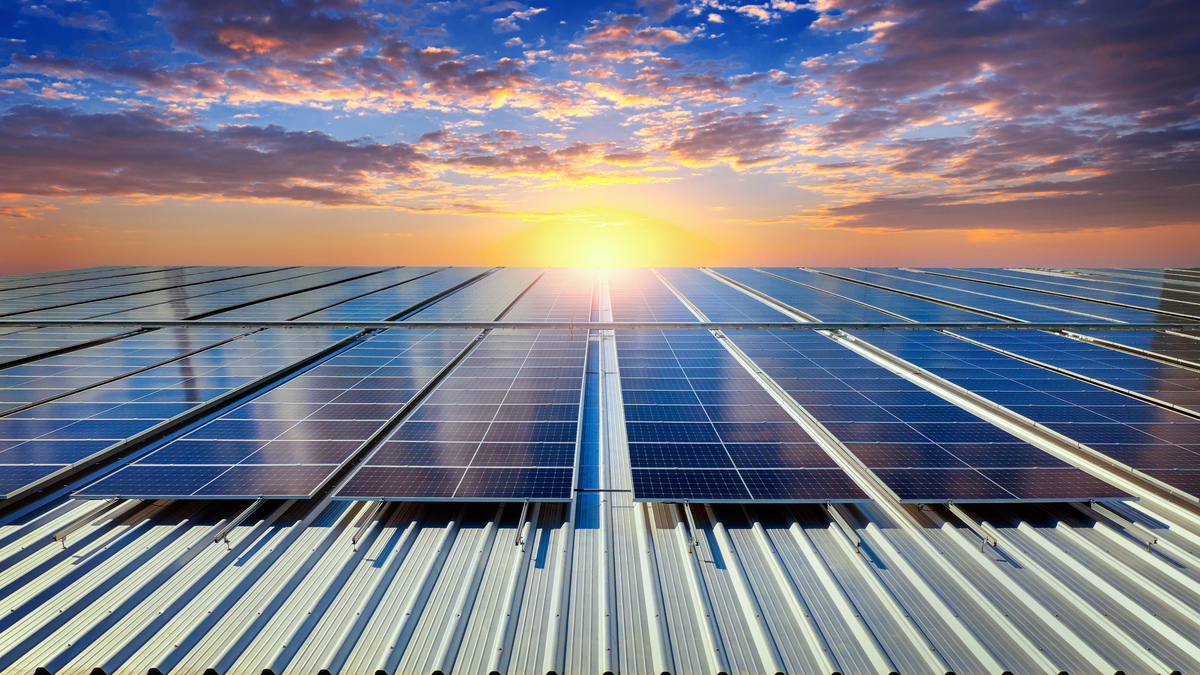
How do Building Energy Monitoring Systems Work?
Building Energy monitoring systems typically sit inside or next to your electrical panel, also known as the breaker box. A smart panel, such as Span, will come with monitoring capabilities that provide Building energy monitoring and insights at the circuit level. On the other hand, if you have an add-on energy meter, it most likely has sensors.
These sensors might attach to your service mains—the lines that connect your electric meter and electrical panel—and “read” the electrical current flowing through your house. Then, they can either give you a general idea of how much electricity your entire house uses, or smarter systems can utilize machine learning to identify the “electricity signatures” connected to the gadgets in your house and offer device-level monitoring.
Types of Building Energy Monitoring Systems
Understanding the wide range of Building Energy Monitoring Systems is essential in the quickly changing field of sustainable building and energy efficiency. These systems are essential for determining, managing, and optimizing a building’s energy usage. This introduction serves as a starting point for investigating the many kinds of building energy monitoring systems, illuminating their importance in the quest for environmentally and economically responsible building operations.
Household Monitors vs. Individual Appliance Monitors
It’s crucial to first distinguish between Building energy monitoring systems for your entire home and those for specific appliances. A single appliance can be monitored at a time by some Building energy monitors, such as those found in some smart plugs, giving you a more in-depth look into that specific equipment. Household monitors, on the other hand, attach to your energy panel or to specific circuits to provide a more comprehensive picture of your energy usage.
Amp Hour Monitors
Building Energy monitoring systems known as amp hour monitors continuously track and transmit your electrical current. These monitors are perfect for monitoring usage and assessing the effectiveness of environmental initiatives. Wireless amp hour monitors are simple to install and have the ability to submeter certain circuits or the entire facility. Some Amp Hour counters actually draw power directly from the circuit, eliminating the need for batteries.
Kilowatt Hour Monitors
Kilowatt Hour monitors are tools that continuously track your energy consumption. They have the ability to submeter individual circuits or the entire building. The finest tools for monitoring your energy usage and carbon footprint are kilowatt-hour counters. They work well for a single flat, a single structure, or a full estate. Real-time data may be viewed on a software dashboard, and installation is simple and straightforward. You won’t ever be taken by surprise when your electricity bill arrives thanks to kilowatt-hour Building energy monitoring system.
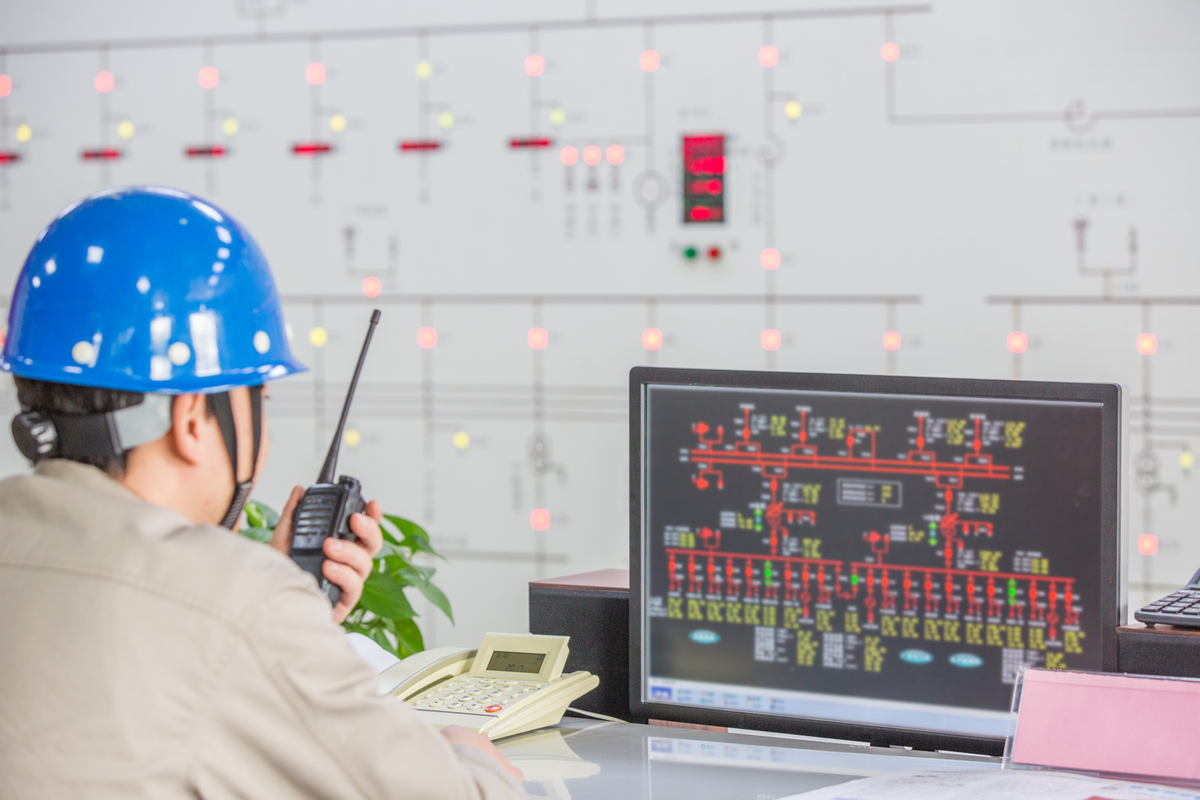
What is the Difference Between KWHours and Amp Hours?
As you may have gathered from the information above, multiple units of measurement are employed for calculating energy consumption. A short explanation: Electric current is measured in amp hours, whereas electrical power is measured in kilowatt-hours.
The kind of Building energy monitor you need may differ depending on your goals for Building energy monitoring. A power meter that measures Kilowatt hours is required if you want billing certainty. An energy meter that monitors amp hours can work if you want to keep an eye on energy use and see how it varies over time.
Energy Management Software
Energy meters, PLCs, and SCADA are used to create Building energy monitoring systems. PLC is used to gather all of these data from energy meters. By connecting to the PLC, all of this data relating to electric power usage is processed and shown in SCADA. The data was crucial for understanding how energy consumption behaves and for addressing the unwelcome energy use in the sector.
What is The Definition of “PLC”?
A PLC, or Programmable Logic Controller, is a ruggedized computer that is used for industrial automation. These controllers have the ability to automate a particular procedure, a machine feature, or even a whole manufacturing line. The PLC gathers data from attached sensors or input devices, processes it, and then initiates outputs in accordance with pre-programmed specifications.
What does “SCADA” Stand for?
Industrial devices and processes are controlled, monitored, and analyzed using supervisory control and data acquisition (SCADA) systems. The system provides both remote and on-site data collection from industrial equipment and is made up of both software and hardware components. Because the corporation can monitor the turbine data and control them without being on-site, it enables companies to remotely manage industrial facilities like wind farms.
What is The Difference Between PLC and SCADA?
A PLC (or programmable logic controller) and SCADA (supervisory control and data acquisition), though some would argue that SCADA is a plant’s overall control system using hardware and software elements, differ primarily in that a PLC is a hardware and SCADA is (generally) software. Despite their differences in semantics, both are employed in industrial settings, and they are frequently used in tandem, but they are still two quite different systems.
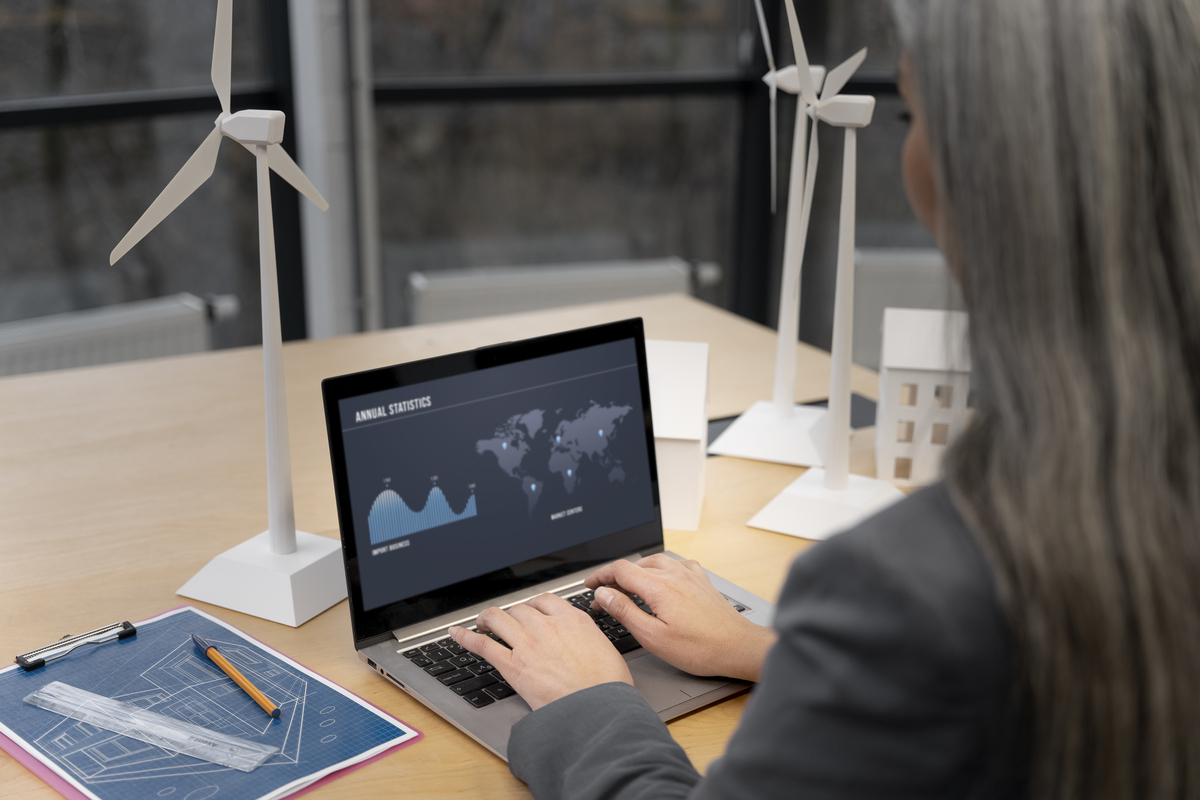
Considerations When Comparing Your Options
The purchase of an energy monitor is a wise move for many homes, but the equipment you select will have a significant impact on your initial costs and long-term savings! Because not all energy monitors are made equally, we’ll outline a few things you should take into account while weighing your options:
Appliance Recognition
Some energy monitoring systems have the ability to learn the unique device signatures of your appliances using built-in artificial intelligence. Each appliance uses electricity in a different way. These energy monitors will eventually be able to identify which appliances are in use depending on how much electricity they are consuming.
If you want to start monitoring at the appliance level right once, this “machine learning” stage can take weeks or months, which can be annoying. In the end, an energy monitor with appliance recognition will be able to quickly assess the appliances that are detected and, via your monitoring app, report on specific information and actions you can take about those appliances.
It’s vital to keep in mind that not every monitor has this capability, and even for those that do, the technology isn’t always ideal. The monitor typically has no trouble distinguishing between a TV and a refrigerator, but it may have trouble distinguishing between similar-functioning electrical appliances (such as a toaster and a curling iron).
Real-Time Cost Tracking
You can track the cost of your energy consumption in real-time with some, but not all, home energy monitoring systems. You can keep track of the changes in your electricity expenditures and consumption in real-time. Additionally, you’ll be able to observe and comprehend how switching devices on and off affects things like leaving the TV on in the background. This function may be essential to maximizing cost reductions.
Mobile Apps and Notifications
Make sure the energy monitor you select has a mobile app component. This app should send you notifications about things like which appliances are running, recommendations for additional cost savings, and alerts on unusual appliance behavior, which could help you replace a malfunctioning appliance before it becomes a bigger problem. Make sure the device you’re buying has the capabilities you need if you want to be alerted when there is a specific problem with your electricity use.

Solar Ready Monitor Options
As we’ve mentioned, installing solar is one of the best reasons to get an energy monitor, whether you’ve already done so or not. If you fit one of these descriptions, you need to make sure the monitor you select is solar-ready, which means it can track your solar electricity output. You can check how much electricity your solar panels are producing, when they are producing it, and how you are consuming it with energy meters that provide this feature.
Installation of Energy Monitoring Systems
We advise hiring an electrician to install your energy monitor unless you are very familiar with your electrical panel. Many home energy monitors advertise themselves as DIY projects, but any task that involves connecting a device to your electrical panel comes with the risk of electric shock. It’s true that hiring an electrician to install the equipment at your home will raise the overall cost, but once the gadgets are in place, big savings are possible.
The Best Energy Monitoring Systems for 2024
Here are a number of energy monitoring systems you can choose from:
- Gen 2 Vue
- Sense Energy Monitor
- Neurio
- Smappee
- Eyedro
What will Intelligent Building Energy Monitoring Systems Look Like?
Future intelligent building energy monitoring systems likely will aim to:
- Cost savings on energy
- Energy efficiency
- Flexibility in power generation
- Reductions in carbon dioxide emissions
- Stability in energy provision
- Human health and safety
On a large scale, this implies that building energy monitoring systems will probably regulate portions of cities through microgrids that make use of renewable energy produced locally or on-site and incorporate cutting-edge materials that promote energy conservation. Not all energy management, though, will take place on this magnitude. Instead, smart technology and methods will be implemented in individual buildings to reduce energy use. Most building owners should focus their efforts in this area.
Analytics
While analytics in an energy monitoring system serve a variety of functions, controlling energy consumption is a crucial one. The more data that analytics software and smart devices collect, the more detailed the data is, which enables the program to analyze and address more complicated issues. In short, the energy monitoring system can help answer more specific queries the more data that is collected on energy management.
Machine learning (ML) algorithms will empower analytics programs to change processes and maximize the effectiveness of intelligent building energy monitoring systems as ML technology advances. A crucial component of smart building technology, ML will advance to the point where it can analyze and even comprehend data better than humans.
Intelligent building energy monitoring systems will probably also be responsible for collecting and storing electricity produced on-site, sharing any excess energy with a nearby microgrid when possible, and drawing on these sources as needed in the future.
Environmental Quality and Occupancy Sensors
The range of energy monitoring systems will go beyond standard building systems’ HVAC and metering operations. In this, environmental quality sensors will be crucial. The way you address health and safety issues can be guided by objective data regarding environmental conditions, such as indoor air quality, which can also help you control energy usage.
Based on how many people are utilizing a space, occupancy sensors are already becoming a typical approach to control energy usage. In reaction to occupancy data, an intelligent EMS can alter building functions like HVAC and lighting in real-time.
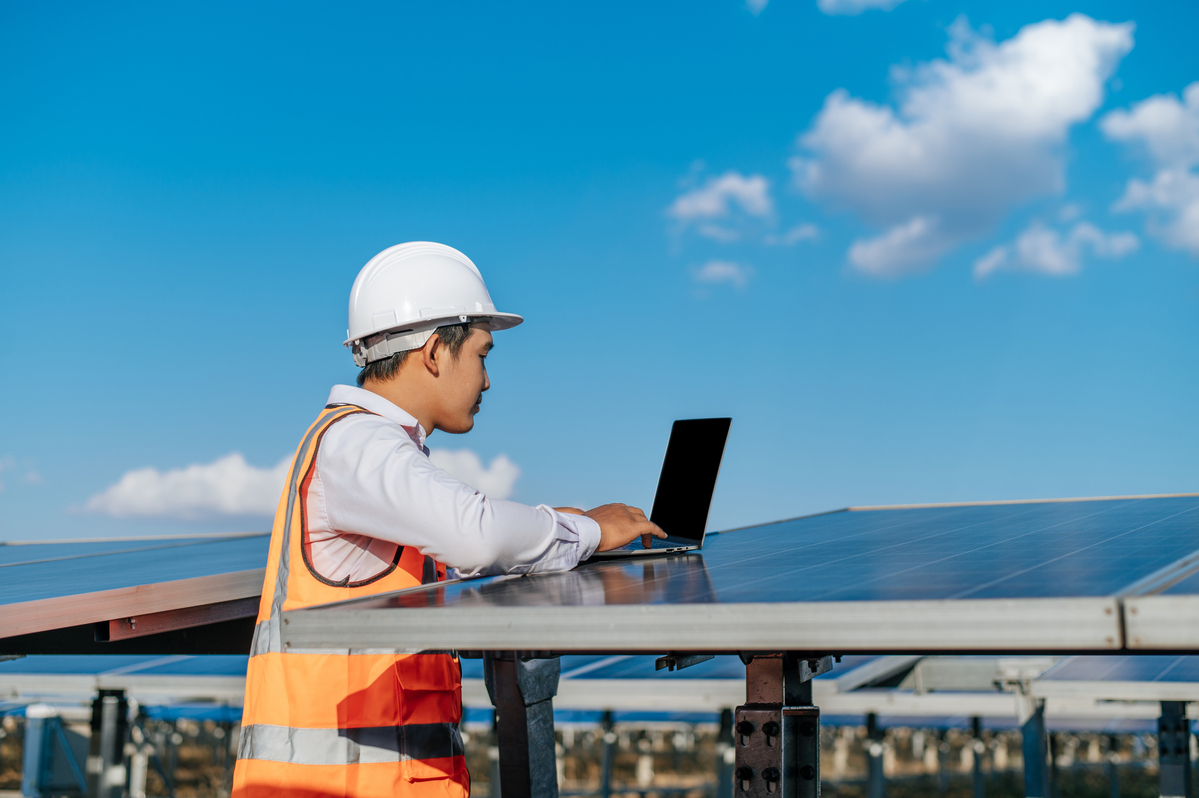
Active Command and Control
As businesses demand more flexible workspaces and consumer habits evolve, active command and management of energy-consuming technologies will become increasingly crucial. An intelligent EMS should make it possible for you to more efficiently regulate building equipment, contribute to energy consumption reduction during slow periods, and guarantee that residents have access to what they require when they require it.
Obstacles to Monitoring Energy in Buildings
The following are three of the main challenges for intelligent building energy management systems and solutions:
- Given that everyone has a unique perception of what comfort is, EMSs must offer building inhabitants a specific level of comfort. Increasing energy efficiency and fostering comfort are frequently considered competing objectives, particularly in commercial high-rise structures. However, building operators can put policies in place that enable them to meet both requirements at once with the correct EMS.
- Systems and equipment that need preventive maintenance can easily be identified using intelligent building management systems. However, they can quickly escalate into much more serious issues if service agreements aren’t in place to cover tiny but critical fixes. Some EMS suppliers have their own service agreements that are directly linked to their software, allowing you to place work requests and follow resolutions from the same BMS you use every day.
- Energy management may be more challenging if there are conflicting interests between different tenants or even between building owners and renters. In general, those who pay the power bills look for energy-saving technologies that reduce costs, while occupant firms put staff and customer comfort first. It is simpler to handle these conflicting priorities and even attempt to please everyone at once with the visibility you get from a thorough BMS with powerful energy management features.
Stakeholders will be better able to develop more effective energy usage reduction plans if they are aware of these challenges and know how to overcome them.
Conclusion
Energy production is the fuel that powers civilization, and without it, we’d be nowhere quick. Because there wouldn’t be anywhere to drive that car without a planet, the energy production sector must connect its inventive skills with sustainability.
Technologies of the present and the future give hope for increased energy efficiency on a global scale. New methods and technologies will not only reduce costs and improve building efficiency, but they will also have a favorable effect on the environment. However, the requirement for a fossil fuel source is still ongoing. The secret is to properly use fossil fuels and partner with suppliers who share your values.
For businesses and industries, energy monitoring and reporting are essential. It has been widely established that energy monitoring and reporting alone results in significant capital savings. Any energy management technique’s success depends on how accurately and effectively energy information is gathered. In order to maximize the benefits of energy effectiveness, it is equally important to understand that energy monitoring and reporting are an ongoing cycle that must be carried out constantly.
Suggested article for reading:
Energy Efficiency in Buildings
important construction technology in 2024
World’s Best Modern Architecture Buildings
Resources: Energysage | Upkeep | Scada | Unitronicsplc | Shipleyenergy | Nytimes | Benefyd | Inst Tools | Safecility | Saveonenergy | Valuer | TZC | Zenatix
books and journals:
- Fakharuddin A, Abdalla A, Rauf M, Mohd Kamil N, Ahmad S and Mustafa A, A smart energy management system for monitoring and controlling time of power consumption April, 2011
- Ashraf M, Bocca R, Fostering Effective Energy Transition, Insight Report June, 2023
For the pictures: Freepik

